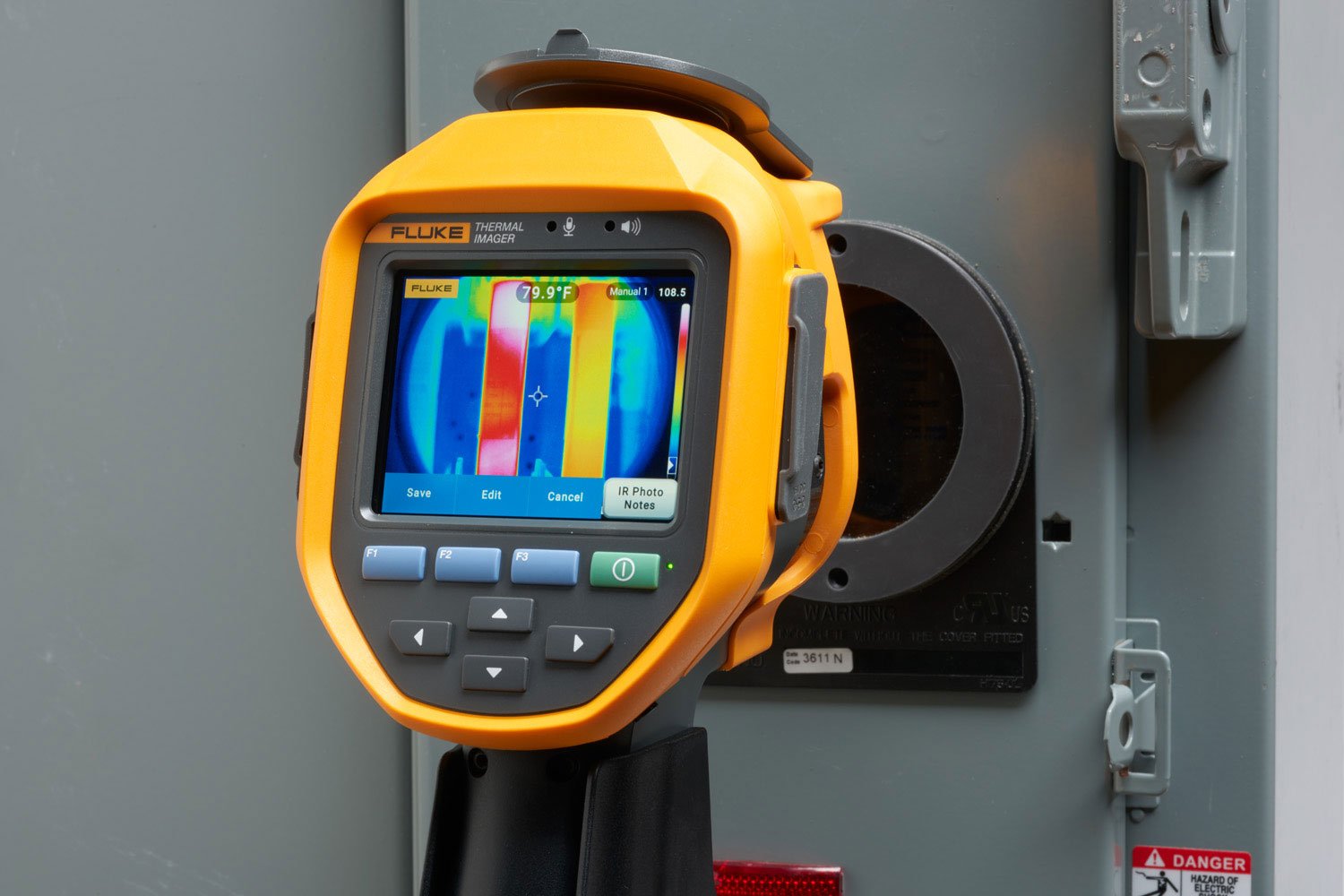Just like a photography camera, many thermal cameras are compatible with interchangeable lenses. Turn one tool into four different tools by being able to add on an additional macro, telephoto, or wide-angle lens, depending on the situation you’re scanning. lens with a macro, telephoto, or wide-angle lens depending on the situation you’re scanning.

By switching out the lens, it enables you to accurately capture images of targets anywhere from right in front of your nose, to hundreds of feet away.
What is a thermal camera lens made of?
Thermal camera lenses are made of Germanium because of the material’s unique properties with respect to the Infrared spectrum. Germanium is an element you can find in the periodic table and directly from nature. It has unique properties of transmission and Index of Refraction in the infrared spectrum which suits it for infrared optics. Even though our eyes cannot see through Germanium, infrared radiation (especially 8-14 um) is very transmissive through it.
Germanium camera lens
Similar to how visible light camera lenses are a solid glass shape, thermal camera lenses are solid Germanium. Just as glass is transparent to visible light, Germanium is transparent to the wavelength band of infrared radiation, which most thermal cameras use. Another similarity is that anti-reflective coatings can be applied to both visible light camera and IR camera lenses to improve performance by reducing the loss of light and energy that would reflect off the surfaces of the lens if there was no optical coating.

When this material is protected by a properly engineered anti-reflective coating, it becomes an incredibly efficient material to transmit energy to a thermal camera detector and produce high-quality thermal images. The coating is also designed with ruggedness in mind which improves scratch resistance.
Interchangeable IR lenses for specific jobs
Knowing the difference between the different lens types can help determine which one to use when in order to get most troubleshooting information.
Standard lens
Performing a general inspection of electrical equipment around the factory; when you’re taking images and looking at equipment near you and closer to eye-level can use the standard lens.
Macro lens
Think small and think detail when you grab for a macro lens. These lenses can see extreme details at a close range, so a small objects like electronic circuit components and chips, components transferring heat would be seen very clearly with a macro thermal camera lens made of germanium.
Wide-angle lens
A wide-angle lens expands your thermal camera lens’ field of view. If you want to see more of what’s surrounding an asset, or are working in a tight space, they are mission critical to get the shot. Wide-angle lenses are great for home inspectors that need to scan the outside of a house as you’ll be able to see the largest area at once.
Telephoto lens
If you’re scanning a large area that’s further away, like the ceiling or roof of a factory or warehouse, you’ll need a telephoto lens (2x or 4x is usually offers enough zoom) to be able to see the detail you need from further away. It’s also a good choice if you’re scanning overhead vents or duct work, high-power transmission towers that are a distance away. The telephoto lens allows you to work safely from the ground.
Instead of needing multiple different cameras to complete all of these tasks, you can save a lot of money with “smart” add-on lenses that can be used among multiple compatible cameras without special recalibration for each camera and be able to quickly swap out lenses on the job.